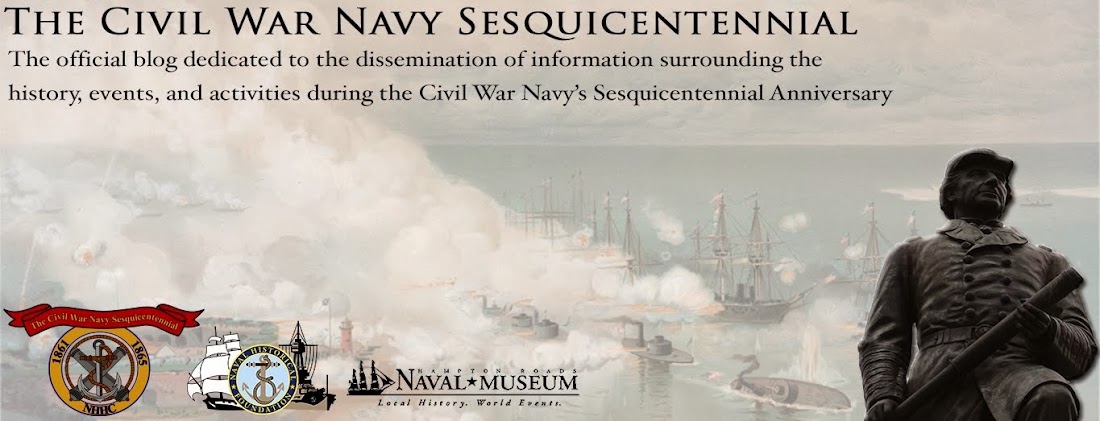 |
| Confederate warship CSS Stonewall. Source: Naval History and Heritage Command. |
Gen. Robert E. Lee surrendered his army the month before at Appomattox, and the Confederate western generals not long afterward. Confederate President Jefferson Davis and his cabinet were being arrested as they tried to flee the country. The Union Navy presence off the southern coastline continued, mainly to enforce the peace, help slaves now completely released from their servitude, assist with rebuilding, and other mundane duties. Adm. C.K. Stribling commands the East Gulf Blockading Squadron from his home base at Key West, Florida.
Sometime in early May, the Admiral receives a dispatch from the U.S. Consul General in Havana, Cuba, which incites a panic. The Confederate ocean-going ironclad ram CSS Stonewall has docked at Havana harbor. This warship was built by France, for the Confederate Navy, which eventually took possession of her through a tortuous process. This ship was the "next generation" in blue-water warships. She was powered both by steam and sail rig, heavily armored, and armed with some of the most technologically advanced naval gunnery of the day; a 300-pdr and two 70-pdr Armstrong guns. When she left Portugal in March of 1865, the USN warships Niagara and Sacramento made weak attempts to confront her, but the USN had nothing that could go up against this formidable Confederate warship. It is rumored that she may be headed for Texas, or even perhaps Florida, to where the Confederate cabinet were fleeing, to pick them up and evacuate them to safety.
Stribling no doubt struggled with what to do. Eventually, he dispatched the USS Powhatan, with his Flag Captain aboard, and the USS Aries, followed by the USS Mahaska and Tallapoosa, to blockade the harbor of Havana. The captains of these vessels had orders to engage the Stonewall, should she try to make a run out of the harbor, and fight her to their destruction or the destruction of the Stonewall. It was a suicide mission. Without consulting his superiors, Stribling also sent two dispatches to the U.S. Consul General in Havana. One was delivered to the commanding officer of the Stonewall; an earnest and heartfelt plea to consider that the Confederacy was dead, and to surrender his warship, under terms of parole identical to those granted to Lee and his army. The second dispatch was delivered to the Captain General of the Island of Cuba (the official government representative of the Spanish Crown, who ruled the island). This missive was not as nice; it informed the Capt. General that, because of the collapse of the Confederate government and state, the Stonewall was no longer considered a legitimate ship-of-war, which enjoyed certain protections under international law. She was considered a pirate, and for Cuba to be offering protection would be aiding and abetting piracy, authorizing the U.S. Navy to take whatever actions necessary against the ship and the Island of Cuba to abet this threat.
Stibling's message got through to somebody, somehow. On 19 May, the Stonewall was surrendered to Spanish Naval authorities, and turned over to the U.S. Navy shortly thereafter. The members of the Stonewall's crew were paid off the salary owed them in Spanish gold. For reasons I have still not found out, the USN eventually sold her to the Japanese Navy.
In the last few months of the Civil War (maybe even after it "officially" ended), it is interesting that the last military vestiges of the Confederacy were her Navy. The Stonewall surrendered a month after the essential collapse of the Confederate Army. Six months later, the last Confederate warship, the raider CSS Shenandoah, hauled down her flag in England in November, 1865 and surrendered to those authorities. Maybe this is the legacy of Confederate Navy Secretary Stephen R. Mallory, who built a Navy from scratch, and whose Navy persisted until the end of the War, and even beyond.
| Grave marker of C.S. Navy Secretary Mallory, in Pensacola, Florida. Photo by Tiffany Trent. |
